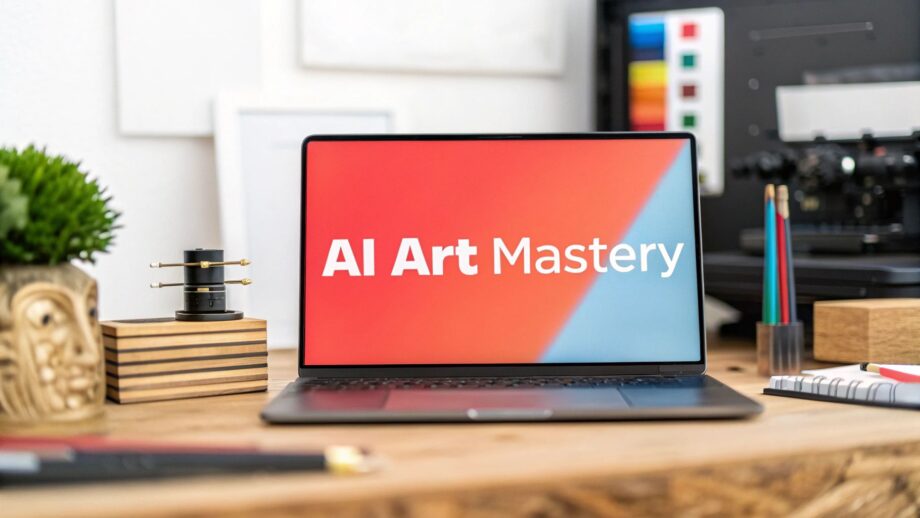The AI Art Revolution: What You Need To Know
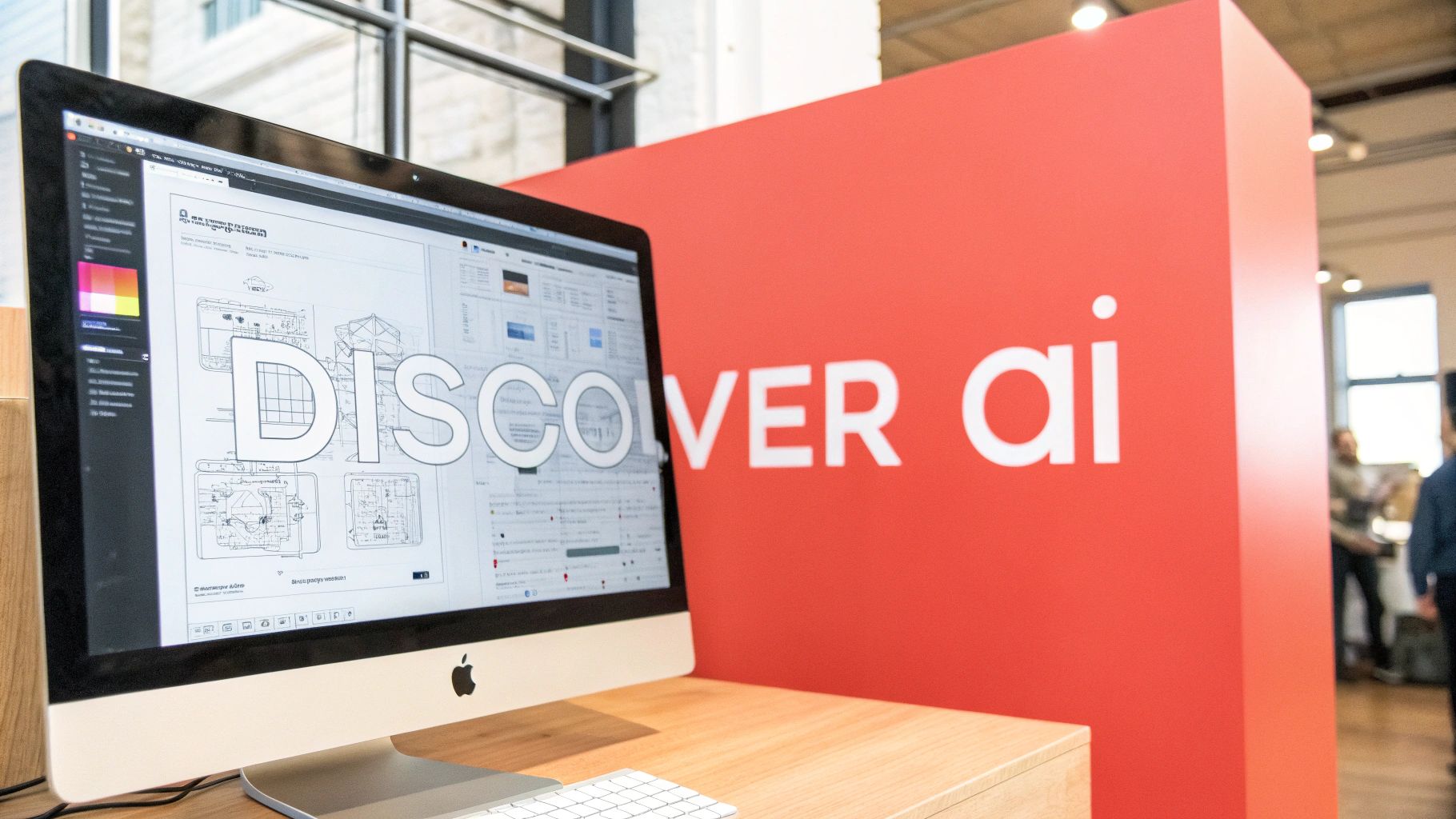
AI art is changing how we think about creative expression. It’s no longer just about digital brushes and filters. Now, it’s about collaborating with powerful algorithms to create entirely new visuals. This exciting partnership between humans and machines opens up artistic avenues that were previously unimaginable. But how does this technology work?
Understanding The Technology Behind AI Art
AI art relies on complex systems known as neural networks. These networks are designed to mimic the human brain’s information processing. Much like our own brains, they learn from experience. For AI art generators, this “experience” comes from training on huge datasets of images and text. This training helps them recognize patterns and connections between words and visual elements.
For instance, if a neural network is trained on thousands of images of cats labeled “cat,” it learns to connect the visual characteristics of a cat with that word. This learning process, called machine learning, is what allows AI art generators to understand your text prompts and produce corresponding images. Think of it as having a digital artist who interprets your instructions and transforms them into visual art.
The Growth And Impact Of AI Art
The accessibility and power of these tools have fueled significant growth in the AI art field. This growth isn’t just a passing trend; it’s a fundamental shift in how we create and experience art. The global AI in Art market, valued at approximately USD 3.19 billion in 2023, is projected to reach USD 40.3 billion by 2033. This represents a staggering CAGR of 28.9%. This growth highlights the increasing integration of AI into artistic processes, from creation to curation. By 2023, 29% of digital artists were already using AI tools, demonstrating significant adoption among creative professionals. You can find more detailed statistics here: https://market.us/report/ai-in-art-market/
Demystifying AI Art Creation
Despite its complexity, creating AI art doesn’t require advanced technical skills. Many platforms are user-friendly, enabling anyone to explore their artistic potential. However, understanding the underlying principles of how AI interprets prompts and generates images is key. This knowledge allows you to create more effective prompts and achieve the desired artistic results. Learning to communicate effectively with the AI unlocks its full artistic potential. The next section will explore different AI art tools available and help you choose the best platform for your creative journey.
Choosing Your Creative Canvas: AI Art Tools That Deliver
Finding the right AI art platform is crucial for bringing your artistic visions to life. This isn’t about marketing; it’s about understanding which tools offer the features and control you need. This section compares popular platforms like DALL-E 2, Midjourney, and Stable Diffusion, empowering you to make informed decisions about your artistic journey.
DALL-E 2: Realism and Ease of Use
Developed by OpenAI, DALL-E 2 is renowned for generating highly realistic and detailed images. Its user-friendly interface makes it an excellent choice for beginners. Key features include outpainting, extending images beyond their original borders, and inpainting, allowing seamless edits within an image. DALL-E 2 operates on a credit-based system, offering flexibility for various usage levels.
Midjourney: Artistic Styles and Community Focus
Midjourney excels at producing images with distinct artistic styles. Accessed through a Discord server, it fosters a vibrant community where users share their work and learn from each other. This collaborative environment is perfect for finding inspiration and receiving feedback. Midjourney offers various subscription tiers based on usage and features.
Stable Diffusion: Open Source and Customization
Stable Diffusion stands out as an open-source platform, offering a wide range of customization options. This means users can modify the code and train their own models, granting ultimate control over the artistic process. While it requires more technical expertise, this flexibility makes it powerful for advanced users exploring unique styles and workflows. Stable Diffusion can be run locally or accessed through various online services.
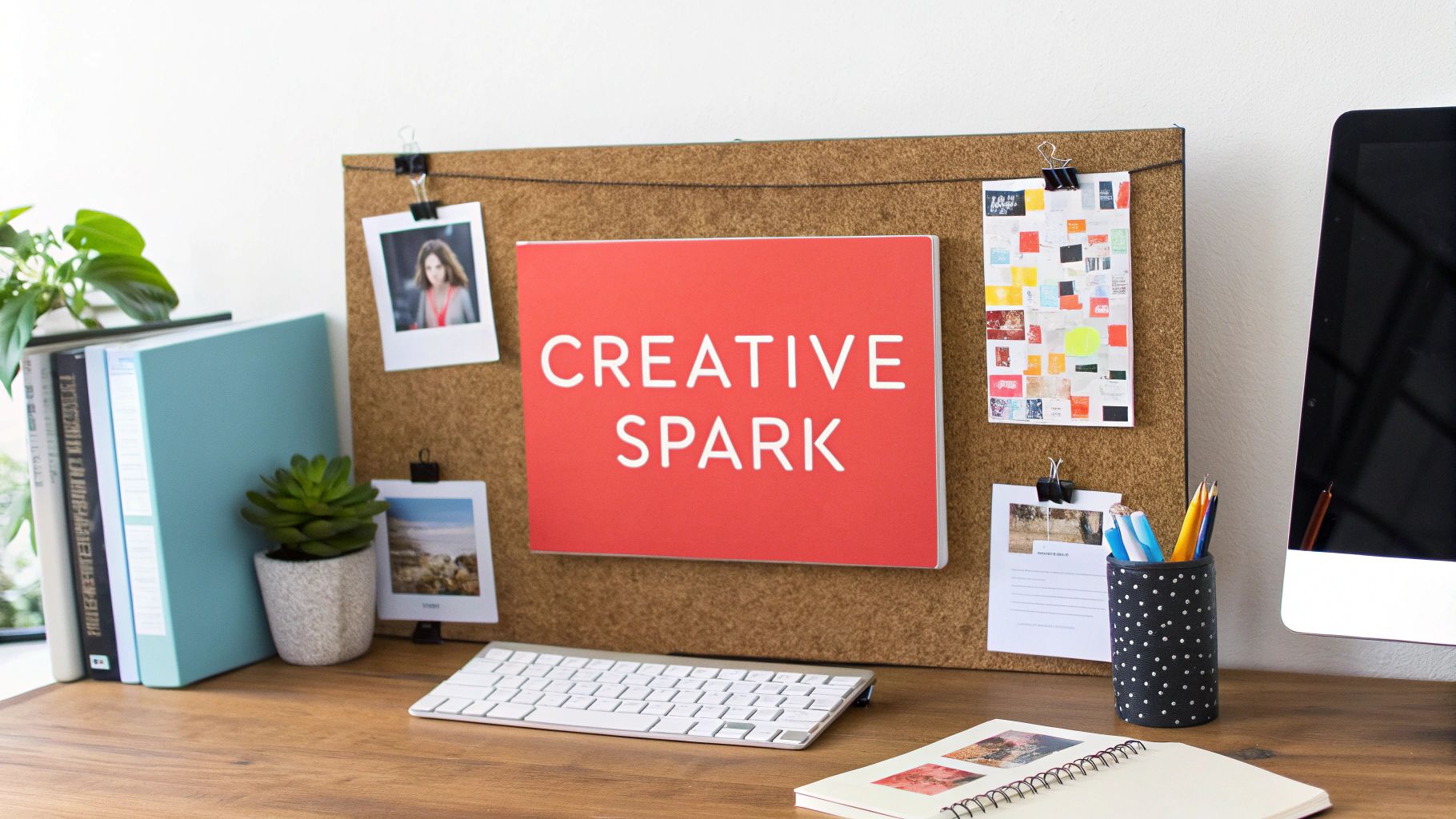
By the end of 2023, over 15 billion images had been created using text-to-image algorithms. This explosion in AI-generated art is largely thanks to platforms like Stable Diffusion, Midjourney, and Adobe Firefly. Stable Diffusion alone accounted for approximately 80% (12.590 billion images) of this output. With a daily creation rate exceeding 34 million images, AI’s impact on visual content is undeniable. This significant growth demonstrates how AI art is transitioning from a novelty to a mainstream creative tool. Find more detailed statistics here: Learn more about AI image statistics.
Emerging Platforms and Future Trends
Beyond these established tools, new AI art platforms are constantly appearing, each with its own unique strengths. This ever-changing landscape presents exciting possibilities for exploration and experimentation. Staying informed about new developments will ensure you remain at the forefront of this evolving art form.
To help you navigate the options, the following table provides a comparison of popular AI art generation tools:
Popular AI Art Generation Tools Comparison
A comprehensive comparison of the most widely used AI art generation tools, highlighting their features, pricing, and suitability for different skill levels.
| Tool Name | Best For | Pricing | Learning Curve | Output Quality | Style Versatility |
|---|---|---|---|---|---|
| DALL-E 2 | Beginners, realistic imagery | Credit-based | Easy | High | Good |
| Midjourney | Artistic styles, community engagement | Subscription tiers | Medium | High | Excellent |
| Stable Diffusion | Advanced users, customization | Open source (various online service options) | Steep | High | Excellent |
This table highlights the diverse strengths of each platform, from DALL-E 2’s ease of use to Stable Diffusion’s extensive customization options. Choosing the right tool depends on your individual needs and priorities.
Choosing the Right Tool for You
Selecting the right AI art tool depends on your specific needs and goals. Consider your technical skills, desired artistic style, and budget when evaluating different platforms.
- For beginners: DALL-E 2’s intuitive interface makes it a great starting point.
- For exploring artistic styles: Midjourney’s community and focus on aesthetics are ideal.
- For advanced users seeking control: Stable Diffusion’s open-source nature provides extensive customization.
Getting Started with Your Chosen Platform
Once you’ve selected a platform, utilize available tutorials and resources to learn the basics. Experiment with different prompts and settings to understand how each platform responds. Creating AI art is a journey of exploration. Embrace the learning process and have fun bringing your imagination to life! The next section explores crafting effective prompts, which is essential for achieving your desired results.
Mastering The Art of Prompts: Your Creative Superpower
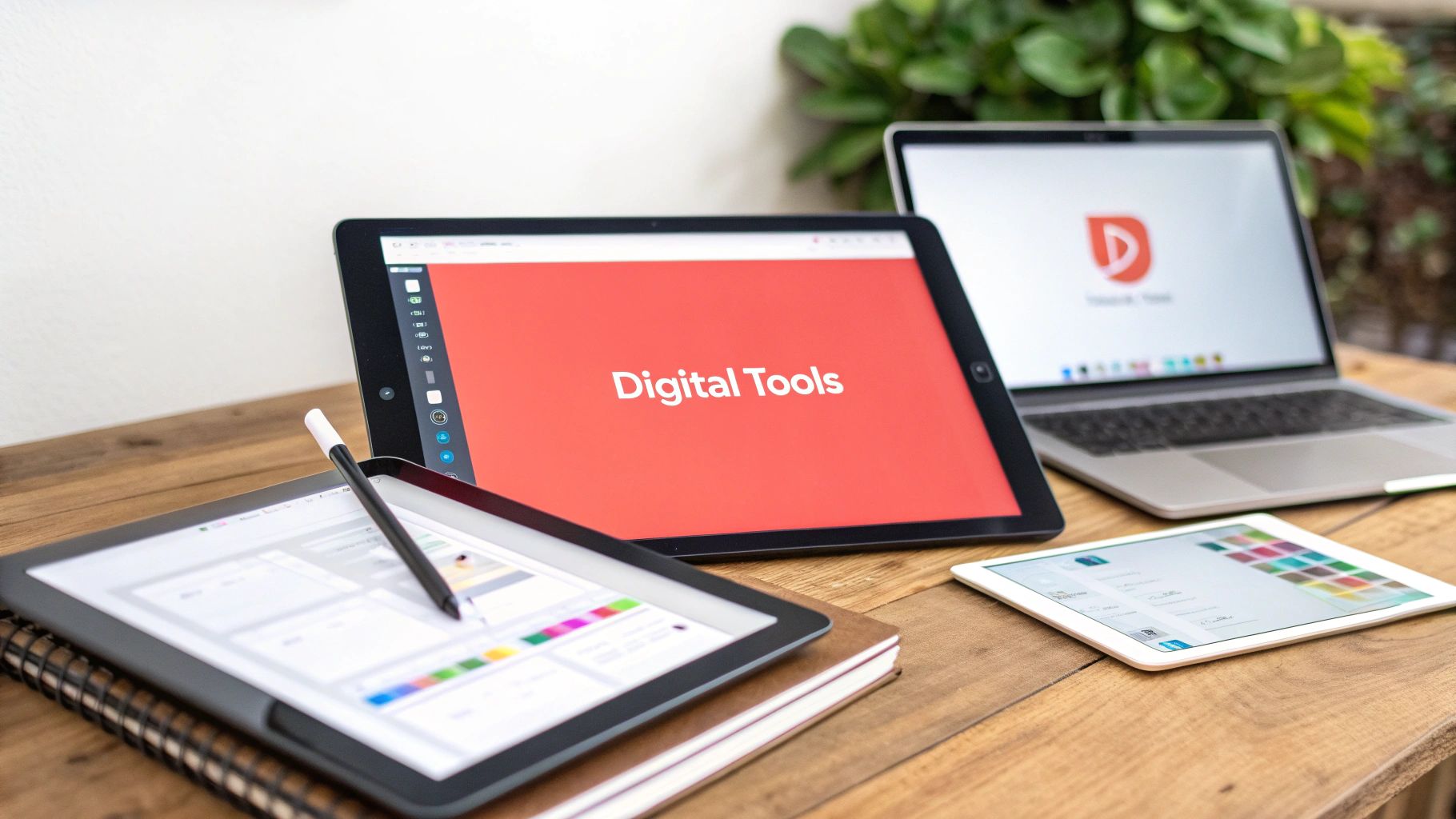
The key to unlocking amazing AI art lies in your prompts. These prompts act as the bridge between your imagination and the AI’s creative engine. This section explores crafting effective prompts that yield stunning results across various AI art platforms. We’ll discover how even small wording changes can dramatically impact your final image, transforming a simple concept into a masterpiece.
The Anatomy of An Effective Prompt
Think of your prompt as a detailed blueprint for the AI. It needs to clearly communicate your vision. This includes the subject, the style, and any other desired artistic elements. A simple prompt like “a cat sitting on a mat” is okay.
However, a more effective prompt would be “a fluffy Persian cat sitting on a brightly colored woven mat, sunlight streaming in from a window, photorealistic style.” This richer description gives the AI much more to work with. The result is a more refined and captivating image.
Consider also including specific art styles or artists in your prompts. For instance, adding “in the style of Van Gogh” or “Art Deco style” can greatly influence the final image’s aesthetic. This technique allows you to mimic various artistic movements and infuse your images with a particular feeling.
Refining Your Prompts: Tips and Techniques
Here are some practical tips for writing powerful AI art prompts:
- Be Specific: Avoid vague terms. Instead of “beautiful landscape,” use a more descriptive phrase like “a serene mountain valley at sunset with a flowing river and wildflowers in the foreground.”
- Use Keywords: Incorporate relevant artistic terms, such as “impressionism,” “surrealism,” or “photorealistic.”
- Experiment With Modifiers: Try adding adjectives. Words like “vibrant,” “dark,” “dreamlike,” or “geometric” can influence the mood and appearance of your image.
- Iterate and Refine: Don’t hesitate to experiment with different prompt versions. Even minor changes can yield significant improvements.
Controlling Composition and Lighting
Mastering prompts also involves controlling composition. Phrases like “close-up,” “wide angle,” “high angle view,” or “low angle view” can significantly impact the perspective and overall feel.
Describing the lighting is also important. Terms like “soft,” “harsh,” “backlit,” or “ambient” shape the mood. For example, “a lone tree silhouetted against a fiery sunset” will create a vastly different image than “a lone tree bathed in the soft light of dawn.” These descriptive words allow you to direct the AI’s focus and achieve specific visual effects.
Troubleshooting and Iterative Refinement
Sometimes, the AI might misinterpret your prompt. This is where iterative refinement is essential. By analyzing the output and tweaking your prompt, you can gradually guide the AI towards your intended outcome. This might involve rephrasing descriptions, adding or removing keywords, or experimenting with different artistic styles.
This back-and-forth process is a true collaboration with the AI. It’s how your vision takes shape. The journey from initial prompt to final artwork is a continuous process of experimentation and refinement. Mastering prompting empowers you to create AI art that reflects your unique creative vision. With practice, you’ll develop a deeper understanding of how to communicate effectively with the AI and unlock its full potential.
From Imagination to Image: Your Creation Blueprint
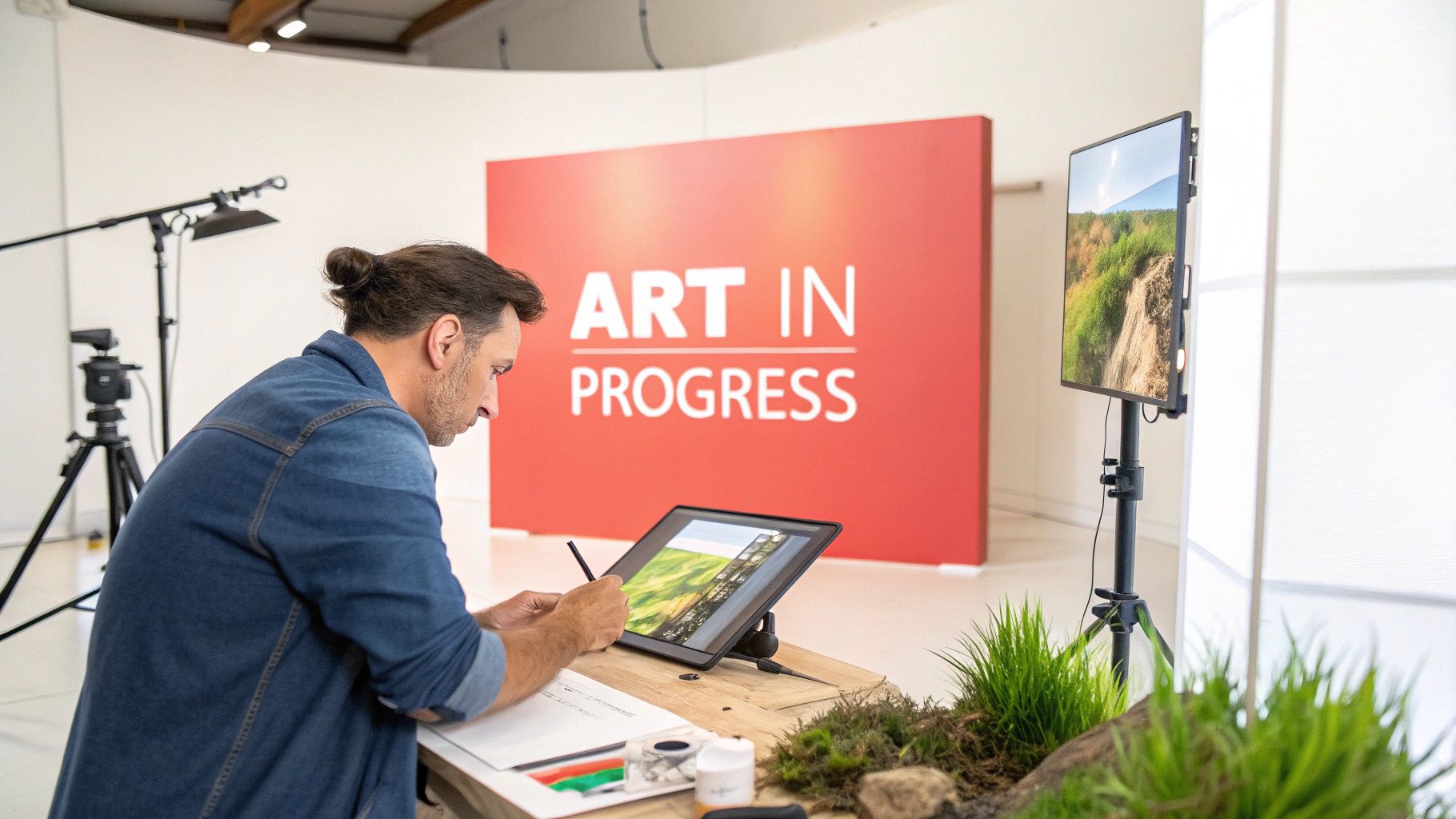
Turning your creative vision into stunning AI art doesn’t happen by chance. It requires a structured approach. This section outlines a practical workflow, adaptable to any AI art platform, to guide you from initial idea to polished final product. We’ll explore how experienced AI artists refine concepts, experiment with prompts, and make strategic decisions throughout the creation process. This blueprint empowers you to consistently create high-quality artwork that truly captures your imagination.
Refining Your Initial Concept
Begin by clearly defining your artistic goal. What story do you want to tell? What mood or message should your artwork convey? This initial brainstorming phase is essential for setting the direction of your project.
For example, instead of a broad idea like “a fantasy landscape,” narrow it down. Consider something more specific, like “a mystical forest at twilight with glowing mushrooms and a hidden waterfall.” This specificity provides a strong foundation for developing your prompt.
Gathering Reference Materials and Inspiration
Many successful AI artists gather visual references. This could include photographs, paintings, or even other AI-generated images. These references serve as inspiration and help you visualize specific elements. Think about composition, color palettes, and lighting. This step helps bridge the gap between your mental image and the AI’s interpretation.
Developing Prompt Iterations
The prompt is your primary tool for communicating with the AI. Start with a basic prompt that captures the core elements of your concept. Then, systematically experiment with different word choices, artistic styles, and modifiers.
For instance, try adding phrases like “in the style of Greg Rutkowski” or “photorealistic with a touch of fantasy.” Each iteration brings you closer to achieving your desired visual. This iterative process reveals how the AI interprets language.
Evaluating and Selecting Outputs
Most AI art platforms generate multiple outputs for each prompt. Carefully evaluate each variation, considering composition, color, and overall impact. Don’t hesitate to discard unsatisfactory results.
This selection process helps you identify the outputs that best align with your artistic vision. It also informs your subsequent prompt refinements.
Refinement and Post-Processing
Once you’ve selected a promising output, you can refine it further. Consider using post-processing techniques in software like Photoshop or GIMP. This might involve adjusting colors, adding details, or removing unwanted elements. This stage lets you add your personal touch, enhancing the AI’s output to create a truly unique piece.
Developing Your Artistic Signature
Even with AI tools, developing your own artistic style is achievable. This could involve focusing on specific themes, color palettes, or compositional techniques. Consistency in your artistic choices across multiple projects helps establish a recognizable signature.
This allows your personality and artistic preferences to shine through. Think about how your artwork contributes to a larger body of work, building a cohesive portfolio.
Real-World Case Studies
Consider an artist wanting to create an image of a futuristic cityscape. They might start with a simple prompt like “futuristic city.” However, through prompt iteration, they refine it. A more complex prompt could be: “a sprawling futuristic city with towering skyscrapers, flying vehicles, and neon lights, in the style of cyberpunk art, cinematic lighting.” This refined prompt produces significantly better results.
Through continuous experimentation, they further refine their prompts. Ultimately, they achieve their desired aesthetic, resulting in stunning and complex pieces. This iterative process, combined with strategic post-processing, is how AI artists transform basic ideas into captivating artwork.
By following this structured approach, you can master the process of creating AI art. Remember that creating AI art is a journey of exploration and experimentation. Embrace the iterative process, and enjoy bringing your artistic vision to life!
Beyond Basics: Advanced AI Art Techniques That Impress
Want to elevate your AI art? Mastering advanced techniques is key to unlocking greater creative control. These methods empower you to refine AI-generated images, add intricate details, and maintain a consistent artistic style. Let’s explore some essential techniques like img2img, inpainting, prompt weighting, and Control Networks.
Img2img: Transforming Existing Images
Img2img, short for “image-to-image,” allows you to use an existing image as a foundation for your AI art. This is incredibly helpful for refining initial ideas or creating variations of a design. Perhaps you have a character sketch you’d like to see fully realized in a particular art style. Img2img lets you upload your sketch and use a prompt to guide the AI in transforming it into a finished piece. It’s a bridge between traditional art and the power of AI.
Inpainting: Precise Editing and Detailing
Inpainting provides precise control over specific areas of your image. It’s like having a combined eraser and paintbrush. You can remove unwanted elements or add new details with incredible accuracy. For instance, if your generated image has an extra finger on a character, inpainting allows you to seamlessly remove it. You can also use it to add intricate details like jewelry or clothing patterns, enhancing realism and depth.
Prompt Weighting: Fine-Tuning Your Style
Prompt weighting lets you emphasize specific parts of your prompt. By assigning numerical weights to keywords, you fine-tune the AI’s interpretation. Want your artwork to be primarily influenced by a specific artist’s style? Assign a higher weight to that artist’s name in your prompt. The AI will prioritize that style over other elements. This technique is particularly useful for nuanced and personalized results.
Control Networks: Directing Image Generation With Precision
Control Networks, also known as ControlNet, represent a significant advancement in AI art. These tools provide remarkable control over the generation process. You can guide specific image aspects, like pose, depth, and line art. Imagine controlling a character’s pose with a simple stick figure sketch. This level of precision opens exciting new possibilities for complex compositions.
AI’s influence on art is undeniable, sparking complex discussions. In 2023, 27% of Americans reported seeing AI-generated art. This indicates growing familiarity with the medium. However, perceptions of its value and ethical implications vary. While a piece of AI art sold for $432,000 at Christie’s, 76% of Americans don’t consider AI-generated works to be “art.” Furthermore, 74% of artists consider AI art unethical due to copyright and data scraping concerns. This evolving relationship between art and AI raises ongoing questions. Find more detailed statistics here.
Workflows for Consistent Characters and Animation
These advanced techniques also enable more sophisticated workflows. Create consistent characters across multiple pieces using img2img and inpainting. This ensures visual uniformity for projects like comic books or game character design. These techniques can also be used to create animation frames, bringing static AI art to life.
By mastering these techniques, you can transform ordinary AI generations into extraordinary art. Experiment and push the boundaries of what’s possible. At ThisShirtExists.com, we celebrate this innovative form of creative expression. Bring your AI masterpieces to life on custom apparel.
Creating Responsibly: Navigating AI Art Ethics
The rise of AI art presents exciting new creative avenues, but it also brings ethical considerations to the forefront. These concerns often center around ownership, the potential impact on human artists, and how we define creativity itself. This section offers a framework for navigating these complex issues and making informed decisions about your own AI art practice. We’ll explore practical steps you can take to create AI art responsibly, ensuring respect for artistic boundaries and promoting transparency.
Understanding the Ethical Landscape
A core ethical question revolves around the use of training data. AI art generators learn from massive datasets of images, many sourced from the internet without explicit artist permission. This practice raises concerns about copyright infringement and fair use. Some argue this process exploits artists’ work, while others view it as a natural progression of artistic influence, similar to how artists have always been inspired by the work of others. This ongoing debate highlights the tension between established notions of ownership and the evolving nature of creative control in the age of AI.
For example, consider an AI generating an image strikingly similar to an existing artwork. Who owns the copyright? Is it the AI developer, the user who provided the prompt, or the original artist whose style influenced the AI? These are complex questions that require careful thought and discussion.
Practical Approaches for Ethical AI Art Creation
Here are some practical steps you can take to ensure your AI art practice is ethical:
- Attribute Your Sources: If your work is clearly inspired by a particular artist or style, acknowledge those influences. This demonstrates respect for the original creators and encourages transparency.
- Respect Artistic Boundaries: Avoid directly copying copyrighted artwork or creating images that exploit, abuse, or endanger children. Always adhere to community standards and legal guidelines.
- Disclose Your AI Usage: Be open about using AI tools in your creative process. Transparency builds trust with your audience and contributes to a more open conversation about AI’s role in art.
- Consider the Impact on Human Artists: Reflect on how your AI art practice might affect human artists. Support human creativity and foster a balanced environment where both AI and human artists can thrive.
To help further clarify best practices, let’s examine some specific guidelines. The following table outlines ethical considerations for AI artists, offering best practices and explaining their importance:
Ethical Practices for AI Artists
| Ethical Consideration | Best Practice | Why It Matters | Implementation Approach |
|---|---|---|---|
| Training Data | Advocate for ethical data collection practices | Protects artist rights and fosters fair use | Support initiatives that promote transparency and artist consent in data acquisition for AI training. |
| Copyright | Avoid directly replicating copyrighted work | Respects intellectual property and legal boundaries | Develop original concepts and transform existing work ethically, focusing on creative reinterpretations rather than direct copies. |
| Attribution | Acknowledge influences and inspirations | Gives credit where it’s due and promotes transparency | Include artist names or styles in descriptions and metadata accompanying your artwork. |
| Disclosure | Be transparent about AI involvement | Builds trust and fosters open dialogue | Clearly state AI usage in artwork descriptions and promotional materials. |
These guidelines provide a starting point for navigating the ethical complexities of AI art. By actively engaging with these considerations, you can contribute to a more responsible and sustainable future for this evolving art form.
Emerging Best Practices and Community Standards
The AI art community is actively developing best practices and standards to address ongoing ethical concerns. These discussions are vital for shaping the future of AI art. Participating in these conversations and staying informed about evolving standards is crucial for any AI artist. Platforms like ArtStation are often at the center of these discussions.
Leading Artists and Their Ethical Choices
Many AI artists are demonstrating a commitment to ethical creation. They are participating in conversations about best practices and developing innovative approaches to attribution and transparency. Their work shows that AI art can be a powerful tool for creative expression while respecting artistic boundaries. Now that you’re familiar with these ethical considerations, you can bring your own AI-generated art to life. Platforms like ThisShirtExists.com allow you to transform your digital creations into custom apparel and other products.

